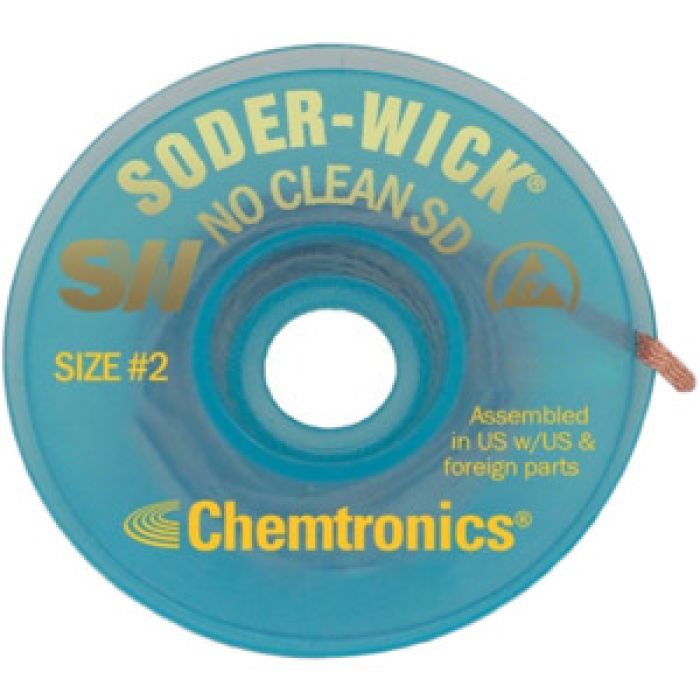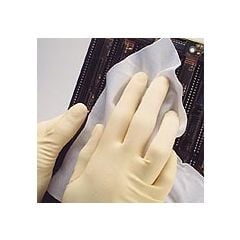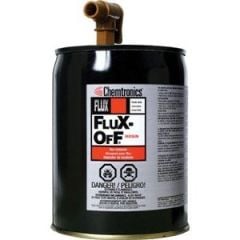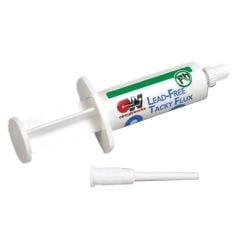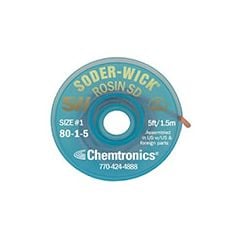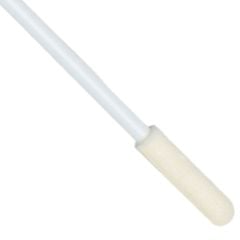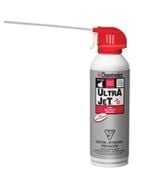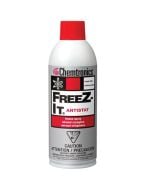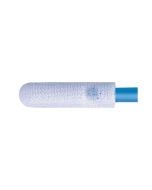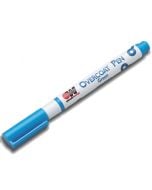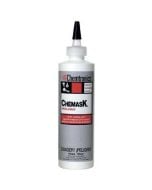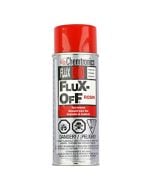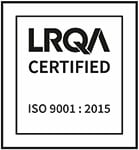
#2 Soder-Wick® No-Clean Desoldering Wick, Yellow, 0.060" dia. x 10' Spool
Soder-Wick No-Clean desoldering wick is designed to provide fast and safe desoldering without leaving behind harmful flux residues. Soder-Wick No Clean desoldering wick uses pure, oxygen-free copper wick and a patented flux technology to make an efficient and effective desoldering wick. Soder-Wick brand desoldering wick offers the state of the art in desoldering technology. Soder-Wick is designed for today’s heat-sensitive electronic components using lighter mass, pure copper wick construction that allows for better thermal conductivity, even at low temperatures. Soder-Wick responds faster than conventional desoldering wicks thereby minimizing overheating and preventing PCB damage.
- Patented noncorrosive, halide-free, organic no-clean flux
- Desolders up to 40% faster than competitive no-clean wicks and leaves boards cleaner
- Meets Bellcore TR-NWT-000078 and ANSI IPC SF-818 for Surface Insulation Resistance
- MIL-F-14256 F
- ANSI/IPC J STD-004, Type ROL0
- Buy 12 for $9.54
- Buy 50 for $9.45
- Buy 100 for $9.35
FAQs
How are solder-wick and chem-wik desoldering wick products classified?
Chemtronics uses 2 types of flux: Soder-Wick and Chem-Wik lines use natural gum rosin. Per J-STD-004 Section 3.2, they are classified as ROL0. Per British Std. EN 29454-1:1993 and ISO9454-1:1990, they have a classification of 1.1.1.B. No-Clean and Lead-Free fluxes are synthetic (non-colophony)flux. Per J-STD-004 Section 3.2, they are classified as REL0. Per British Std. EN 29454-1:1993 and ISO9454-1:1990, the No-Clean and Lead-Free fluxes have a classification of 1.2.3.B.
What is desoldering wick made of?
Desoldering wick is made of fine strands of ultra-pure copper woven and coated with flux. Its geometrically precise weave design allows for maximum capillary action and solder capacity. Soder-wick optimizes heat transfer through the wick and into the solder joint, resulting in faster wicking action than any other competitive brand. Minimal flux residue on the board speeds up the cleaning process or eliminates it entirely.
How do you use desoldering wick?
- Place the wick over unwanted solder, preferably on the greatest solder build up so that it maximizes the contact of the wick to the surface area of the solder.
- Next, place your iron tip over the wick at 45 degrees and allow heat to transfer to the pad. Molten solder will absorb into the wick.
- Move the solder tip and wick as needed to remove all of the solder at one time. Careful not to drag the wick over the pads, which can scratch.
- Once the wick is full of solder, you must trim the spent portion and move to a fresh wick in order to pull more solder. Remove the iron and wick simultaneously to avoid soldering the wire to the board.
| Sell Unit | Each |
|---|---|
| PAC Item Code | I211057 |
| MFG Part Number | 60-2-10 |
| Brand | Chemtronics |
| ESD-Safe | Yes |
| Type | No Clean |
| Diameter | 0.060" |
| Length | 10' Spool |

